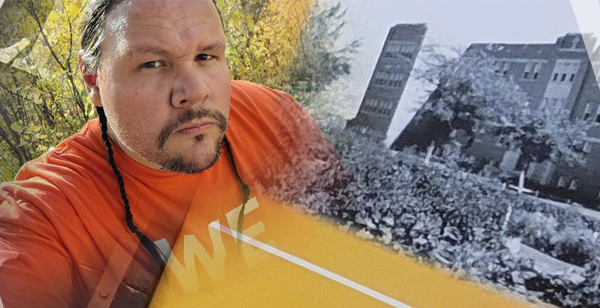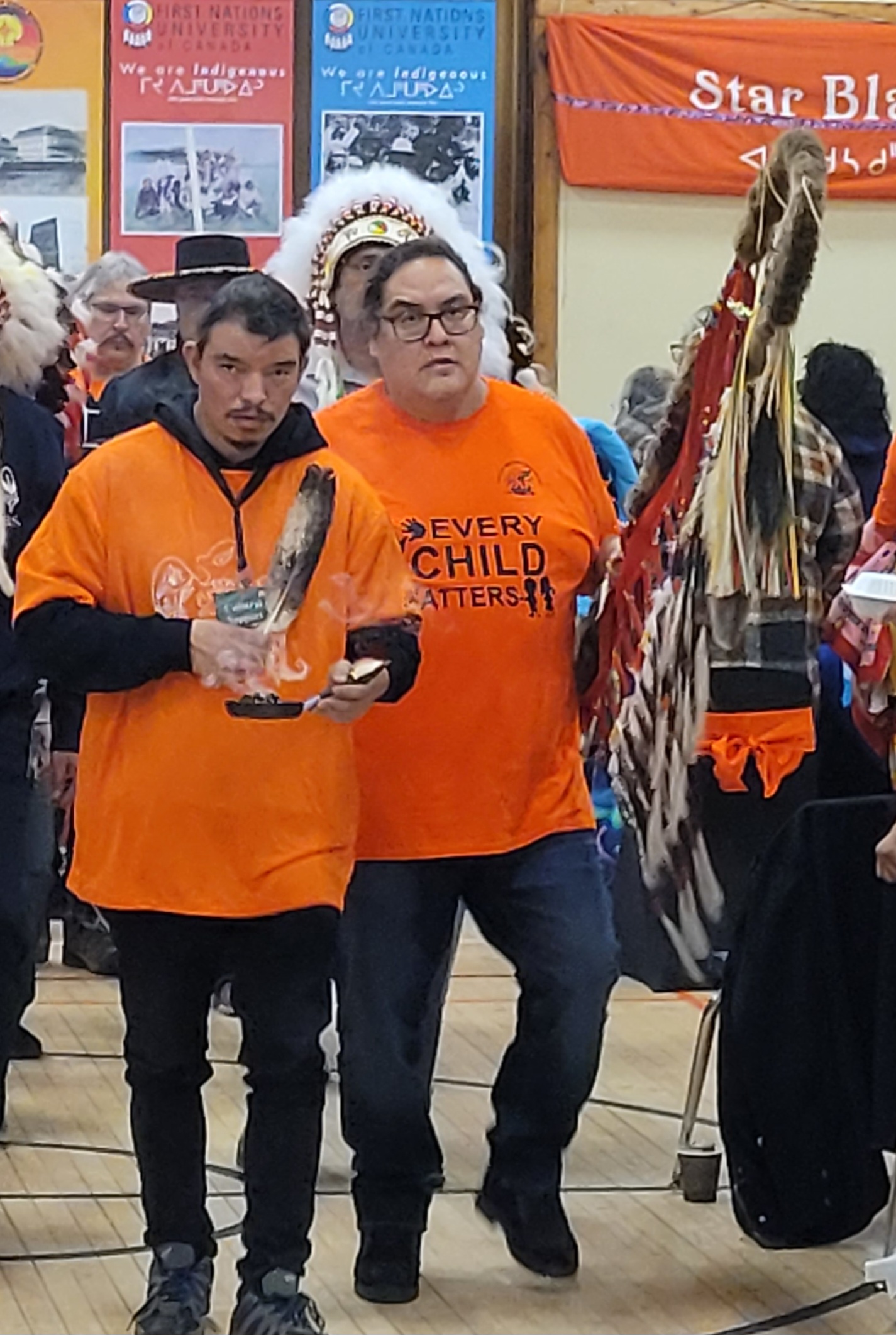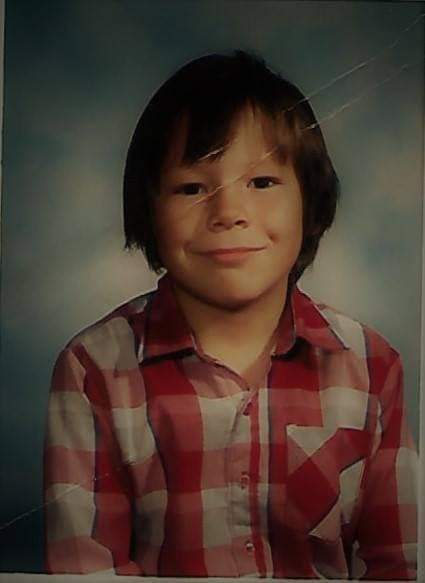Survivors are making certain residential school history is not forgotten
- By Kerry Benjoe | February 09, 2023
Although the Star Blanket Cree Nation (SBCN) released the results of its initial ground search, the team says, the work is far from over as it begins the next phase.
In January, the First Nation announced it had discovered more than 2,000 anomalies, the jawbone of a small child, as well as underground rooms and tunnels.
Sheldon Poitras, SBCN Indian Residential School Ground Search project manager, said the next phase includes gathering the stories and, one day, to create a virtual library.
“I think it’s important to document the truth,” said Poitras. “Document what happened and give former survivors an outlet to share their experiences.”
Ideally, he would like to see a museum with guided tours of the excavated tunnels, as well as a wellness and mental health centre built on the site.
Poitras believes compiling a complete history of the school is necessary because it’s Indigenous history that future generations need to know.
The residential school located in Lebret was one of the first institutions the federal government opened in 1884 and it was the last to close in 1998. During its 114 years of operation, a total of three schools were built on the site and were known by different names, including the Qu’Appelle Indian Industrial School, St. Paul’s High School, the Qu’Appelle Indian Residential School and Whitecalf Collegiate.
Poitras said the National Centre for Truth and Reconciliation expressed interest in helping SBCN not only gather survivor stories, but house them within its infrastructure.
However, after community discussions, a new idea formed.
“Let’s design our own data collection and storage source and keep it internal,” said Poitras.
Members of the public are also encouraged to contact the SBCN ground search team to share their stories.
Some have already approached the team, including a man who said in the 1960s he was contracted to seal up four underground rooms and another who said he didn’t like to dredge the lake near the school because he always brought up bones.
Poitras wants these stories documented because they’re equally important.
“This is a survivor-led project,” he said. “We have a lot more insights and a lot more experience to know what to do.”
Poitras graduated in 1991 after spending five years at the school.
“I have a really tough time explaining to people that I was in the school, but it was operated by a First Nation at the time,” he said. “It was different, but there were still elements of residential school there.”
Author John Brady McDonald says sometimes it’s difficult for survivors of his generation to claim the title of survivor because he struggled with it himself.
In 1984, McDonald was four years old when he began living at the Prince Albert student residences. Although the students were bussed to the local public schools, they lived at the residences.
“I wasn’t taken away from my community,” said McDonald. “I wasn’t forcibly removed. But at the same time, I still suffered the same cultural deprivation, the same loss of language. Witnessing and experiencing a lot of the abuse that went on in that building.”
He lived there until 1989.
McDonald says he’s still coming to terms with his experiences and that survivors from his generation and younger have every right to share their stories and not feel like they are taking up space.
“It’s not a trauma competition,” he said. “We’re both sufferers of the same disease. The symptoms might have been different, but it’s the same disease, and we should be holding each other up and supporting each other.”
McDonald says it’s becoming increasingly more important to gather survivor stories.
“We’re going to come to a time when we’re the last people with the first-hand knowledge (of being in those places),” said McDonald. “It’s our responsibility to share for those who aren’t here anymore and for those who aren’t quite ready to share it.”
People who want to document their stories of the Lebret residential school can contact the SBCN IRS Ground Search Project directly at 306-334-2206 or by email at Gerard.wolfe@sbcnirsproject.com, Sherrie.Bellegarde@sbcnirsproject.com or Scott.mcnabb@sbcnirsproject.com.



